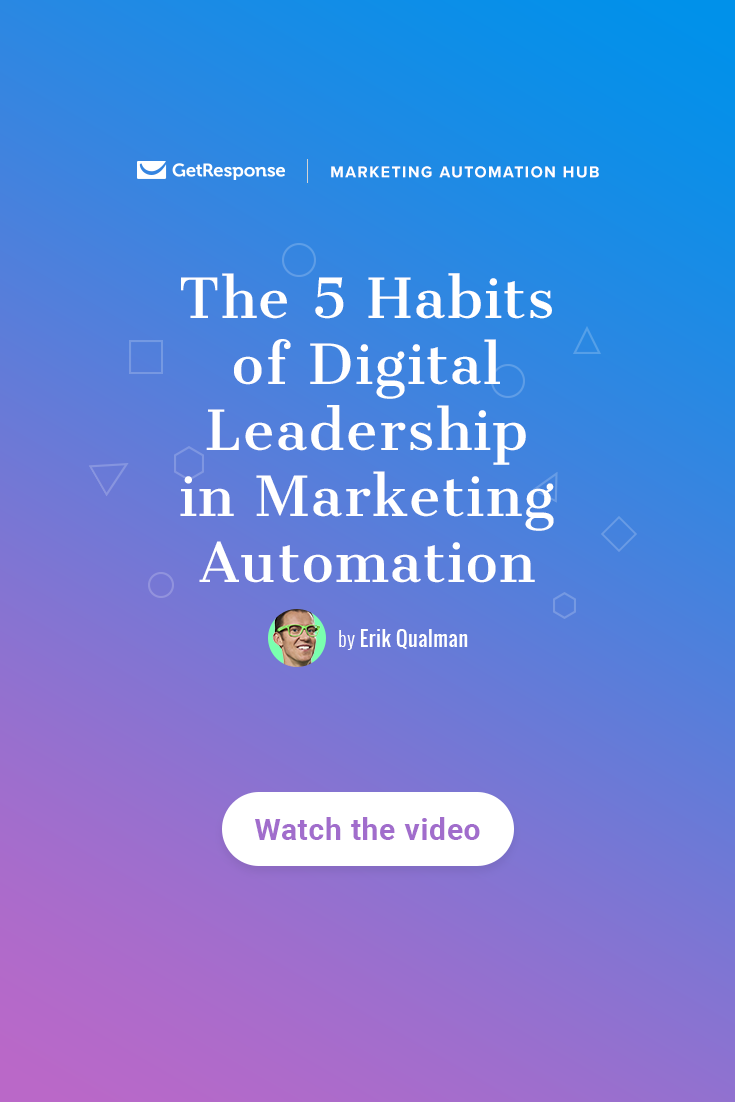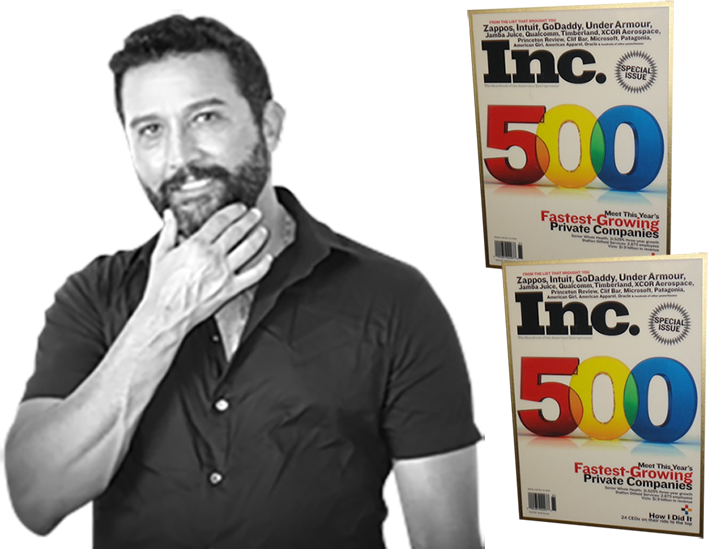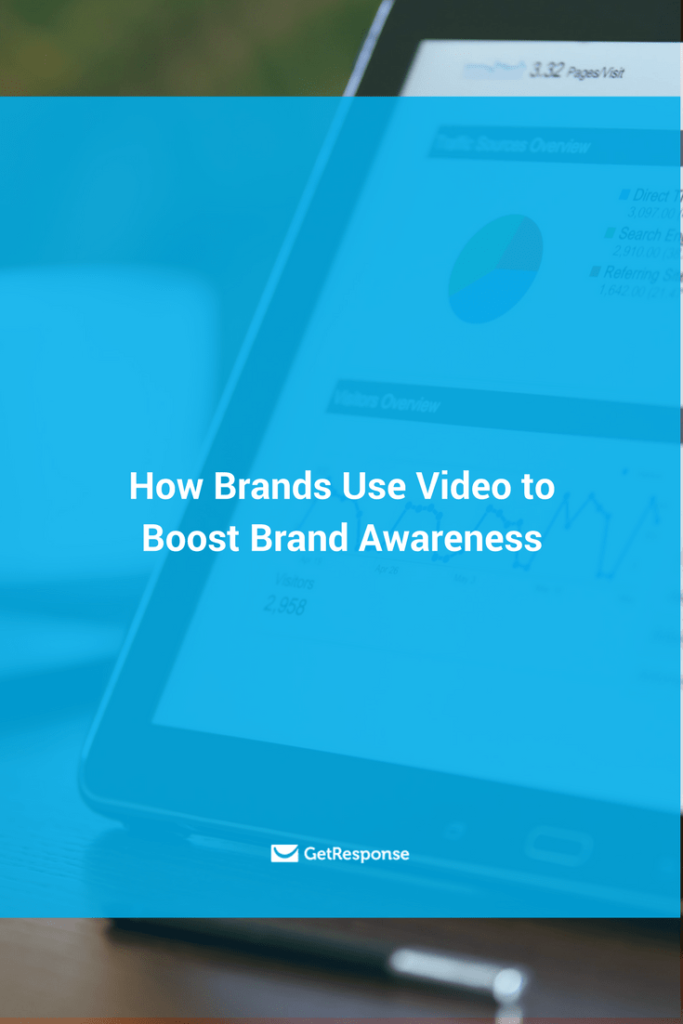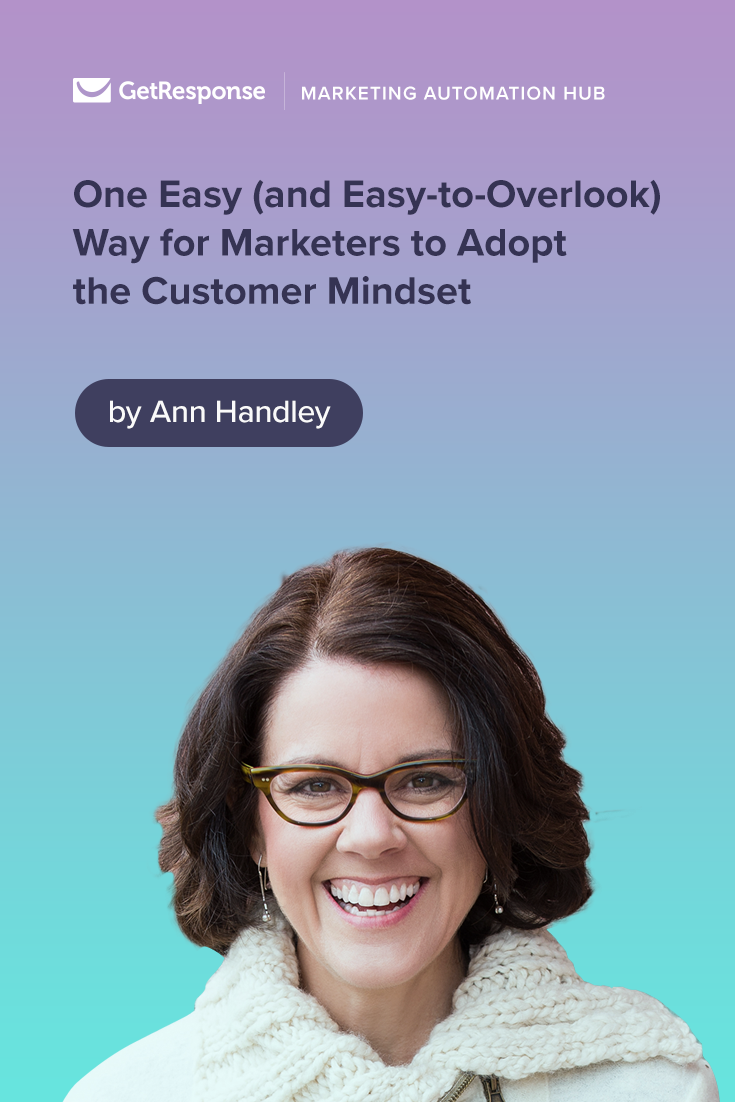When we want inspiration and guidance in the world of marketing automation, the world wide web is always a good place to start looking. But with so much content and so many ideas doing the rounds, how can we be sure that we are learning from the best?
To help to cut through the confusion, here are ten of the most insightful, innovative and – in many cases – disruptive marketing automation influencers in the game.
Our run-down of the top marketing automation influencers working today begins with Ryan Schwartz, who is Director of Marketing and Sales Systems and Operations for Docusign. Ryan’s passion lies in the application of diverse marketing automation systems within business, and the myriad possibilities which this leads to.
Ryan is also generous with his knowledge, sharing it with his numerous Twitter followers and in the form of blog posts and web content. Connect with him on social media to learn more.
Key Content: What B2B Marketers Need to Know About Video
For Xand Griffin, it is all about the experience. The Stratus Interactive Inbound Marketer is passionate about generating genuine worth from the experiences which customers and clients have, and understands how to utilize the data extracted from this within business.
To connect with the insight Xand provides, take a look at her personal blog, hosted on Xandgriffin.com, or head over to her Twitter feed for up to the minute resources.
Key Content: 6 Things I Learned From a Marketing Conference
Spear Marketing Group are experts in applying the power of marketing automation to the B2B market. This is thanks – in no small part – to the guidance of their company president, Howard Sewell. Howard is a regular content publisher who mines a seemingly inexhaustible seam of great ideas and insight.
Howard’s content output tends to be a little different to that offered by other publishers, and often goes against the grain, which only serves to make him all the more influential.
Key Content: Which Comes First: Lead Nurturing or Inside Sales?
Jennifer Igartua is Marketing Automation Consultant at BlueWolf Consulting, where she has honed her skills and risen to the top of the industry. The New York-based automation expert produces regular content pieces and blog posts aimed at giving marketing professionals the tools and inspiration they need to succeed.
Jennifer both posts her own content and shares great ideas from others on her Twitter feed. Head over there and connect with some of these great pieces.
Key Content: What’s Behind Closed Loop Reporting?
With so many people offering their own personal take on the discipline of marketing automation and prospect nurturing, it can be difficult to decide who to trust. With Sean Si, the strength of his insight and the passion of his delivery is so strong, that it is impossible not to take notice.
Whether giving spoken word talks, hosting interactive seminars, or connecting marketers with influential ideas through his blog, Sean is an enthusiastic and profoundly expert communicator. Other strings to his bow include founding successful organizations, such as SEO Hacker and Qeryz.
Key Content: 8 Lessons I Learned Building my First SaaS Business in a Third World Country
Claudia Hoeffner likes to gain multiple perspectives, adopting a considered approach on her way to reaching an effective solution. Her ability to view marketing quandaries from the point of view of the marketer, the product or service provider, and of the customer, is just one of the factors which has garnered Claudia so much acclaim in the industry.
Her insight into lead generation and into marketing automation is not to be ignored, and Claudia is sure to be one of marketing’s premier thought leaders for years to come.
Key Content: Ryan Skinner’s Podcast on Content Marketing, for Forrester Research, featuring Claudia Hoeffner
Lyons Consulting Group provides the full gamut of digital advice and strategy to their clients in the eCommerce sector. At the heart of this is their Marketing Director, Steve Susina, who emerged from a background in electrical engineering to take the marketing world by storm.
Steve is a firm believer in the power of data – which makes us kindred spirits – and harnesses its influence within his work. He is also one of the marketing world’s key industry influencers, giving talks on how marketers can get the very best out of their endeavors using automation.
Key Content: Wine, Web and Marketing Automation
Coming at marketing automation from a B2B angle is Eric Wittlake, providing valuable guidance and advice for marketers working to attract business clients. Eric’s expertise lies not only in direct marketing initiatives, but also in the technological and implementation side of things.
Any marketers interested in developing their understanding of the craft need to take a look at what Eric is offering. Via B2BDigital.net, he connects eager-to-learn users with a world of unbeatable business to business digital marketing ideas and innovation.
Key Content: 6 Ways B2B Markets are Falling Short Today
As a New York-based content expert and consultant, Michael Peggs understands organic lead generation and large-scale engagement. He also knows a thing or two about the power of marketing automation.
When not overseeing the Marccx Media content marketing agency, of which he is a founding member, Michael shares his insight across some of the industry’s most influential platforms, including the Huffington Post.
Key Content: 42 Online Marketing Tools to Make Your Life Easier
Jeff works with Egencia, implementing the powerful software within the business’ procedures. In addition to this, he dispenses advice and insight on his personal blog, gained from his years spent at the top of the marketing automation tree.
His Protips page represents a marketing professional’s goldmine, and is an absolute must visit for anyone with a passion for marketing.
Key Content: One Landing Page Template to Rule Them All
This list contains some of the greats of marketing automation, but by no means all of them. Who else would you list as a top influencer? Tell us in the comments below.

The post 10 Top Marketing Automation Influencers You Need to Know appeared first on GetResponse Blog – Online Marketing Tips.

















